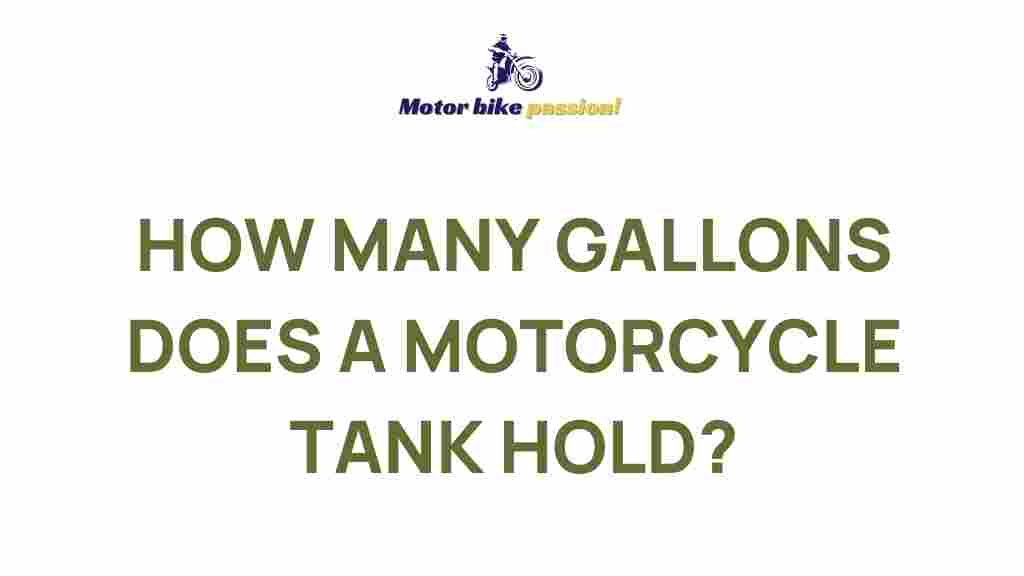Understanding the motorcycle tank capacity is an essential part of being a motorcycle enthusiast. Whether you’re planning a long-distance journey or just commuting to work, knowing how much fuel your bike can carry is crucial for avoiding surprises on the road. In this article, we’ll uncover the mystery behind motorcycle tank sizes, their variations, and tips to optimize their use.
Motorcycle Tank: Capacity Decoded
Motorcycle tanks come in all shapes and sizes, tailored to the diverse needs of riders. From compact scooters to high-performance touring motorcycles, the fuel tank capacity plays a pivotal role in your riding experience. Let’s dive into the specifics of what you need to know.
Why Motorcycle Tank Capacity Matters
The capacity of a motorcycle tank directly impacts a rider’s convenience and peace of mind. Here’s why it matters:
- Fuel Range: A larger tank means fewer stops for refueling, especially useful on long rides.
- Weight Distribution: Tank size influences the bike’s weight and balance, which can affect handling.
- Fuel Economy: Understanding tank capacity helps you calculate fuel efficiency, a key factor for budget-conscious riders.
Types of Motorcycle Tanks
Motorcycle tanks vary in size and design, catering to different bike styles:
- Standard Tanks: Found on commuter bikes, these typically hold 10-15 liters of fuel.
- Touring Tanks: Designed for long-distance riders, they range from 20 to 30 liters or more.
- Sports Bike Tanks: Sleek and compact, they prioritize aerodynamics and usually carry 12-17 liters.
- Off-Road Tanks: Made for durability, these tanks often hold 8-12 liters for lightweight maneuverability.
How to Measure Your Motorcycle Tank Capacity
If you’re unsure of your motorcycle’s tank capacity, follow these simple steps:
- Consult your owner’s manual for manufacturer specifications.
- Check the fuel gauge on your bike for maximum capacity indicators.
- Fill your tank from empty and track the fuel volume added. This provides an accurate capacity measurement.
By knowing your motorcycle tank capacity, you can plan your rides with confidence and avoid unnecessary stops.
Optimizing Your Motorcycle Tank Usage
Maximizing the efficiency of your tank involves simple but effective strategies:
- Maintain Steady Speeds: Sudden acceleration and braking consume more fuel.
- Perform Regular Maintenance: Keep your engine and fuel system clean for optimal performance.
- Plan Routes Wisely: Choose routes with fewer stops and smooth traffic flow to reduce fuel consumption.
Common Troubleshooting Tips for Motorcycle Tanks
Encountering issues with your motorcycle tank? Here are some quick fixes:
- Clogged Fuel Lines: Regularly clean or replace fuel lines to avoid blockages.
- Leaking Tank: Inspect for cracks or holes and consider using a fuel-resistant sealant or professional repair services.
- Inaccurate Fuel Gauge: Calibrate or replace the gauge to ensure proper readings.
Exploring Aftermarket Motorcycle Tank Options
If your current tank doesn’t meet your needs, aftermarket options are worth considering. Custom tanks are available for increased capacity or unique designs. Just ensure compatibility with your motorcycle model and adhere to safety regulations.
To learn more about customizing your bike, check out our guide to aftermarket motorcycle accessories.
Environmental Impact of Tank Size
The size of your motorcycle tank also affects your environmental footprint. Larger tanks encourage extended trips, potentially leading to higher emissions. However, efficient fuel use and regular bike maintenance can mitigate this impact. For more on this topic, explore EPA guidelines on fuel efficiency.
Future Trends in Motorcycle Tank Design
As motorcycles evolve, so do tank designs. Innovations include lightweight materials, ergonomic shapes, and even smart fuel monitoring systems. These advancements aim to enhance efficiency and rider experience.
Conclusion
The mystery of the motorcycle tank is no longer a puzzle. Understanding your tank’s capacity and optimizing its use can significantly improve your riding experience. From planning long journeys to addressing potential issues, every rider should be equipped with this essential knowledge.
By mastering the basics of motorcycle tank capacity, you’re not just ensuring convenience but also paving the way for safer, more efficient rides.
This article is in the category Maintenance Tips and created by MotorBikePassion Team
